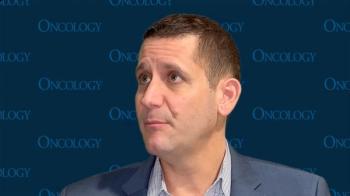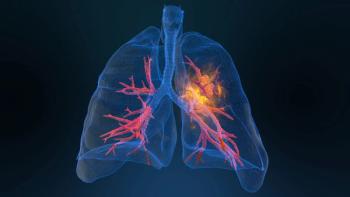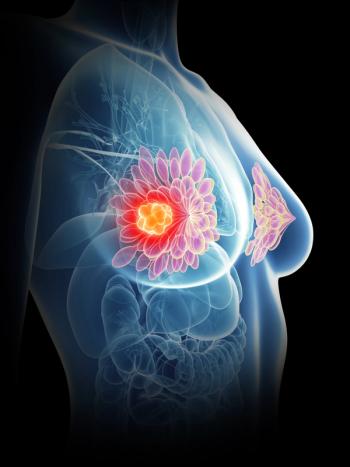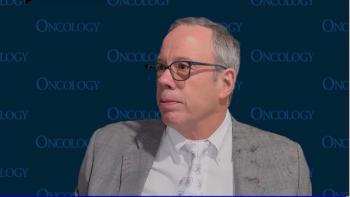
Studying How Climate Disaster Responses Impact Post-NSCLC Surgery Survival
Future work may focus on determining strategies for protecting the health of patients who undergo surgery during climate disasters.
Leticia Nogueira, PhD, MPH, highlighted the next steps for researching response strategies for patients who undergo lung cancer surgery in the event of wildfires and other climate disasters.
Looking ahead, Nogueira, scientific director of Health Services Research at the American Cancer Society, stated that future work may focus on determining whether an extended LOS in the event of wildfire exposure may impact survival among patients who receive lung cancer surgery. Other priorities may include identifying optimal strategies for protecting patient health during wildfires and other climate disasters. According to Nogueira, proper response strategies may vary depending on the specific kind of climate disaster as well as a patient’s type of disease.
Findings from Nogueira’s study showed that among all patients in the study, the LOS was 7.45 days (SE, 0.22) for those who received surgery at facilities without wildfire exposure vs 9.42 days (SE, 0.25) among patients who underwent treatment at facilities exposed to wildfires (P <.0001).
Transcript:
The next steps for this specific patient population would be to test if staying in the hospital for a couple of additional days has an impact on survival. Does it make a difference? But similar to other disasters and other patient populations, what are any strategies that we can have to better protect the health and safety of these people during a disaster? Is it staying longer in the hospital? Is it helping the patient, the caregiver, and the support network to create a disaster preparedness plan and evacuation plan? Is it a patient transfer agreement? Is it a recommendation to wear a mask?
We do not know because we have not studied it. The next steps would be to prioritize this type of research and work together to figure out what works and what doesn’t work. It might be different things for different types of disasters. A wildfire might be different than a flood, and different patient populations. Lung cancer vs leukemia might be completely different.
Reference
Nogueira LM, Yabroff KR, Yates E, Shultz JM, Valdez RB, Nori-Sarma A. Facility exposure to wildfire disasters and hospital length of stay following lung cancer surgery. JNCI. Published online March 11, 2025. doi:10.1093/jnci/djaf040
Newsletter
Stay up to date on recent advances in the multidisciplinary approach to cancer.

















































































